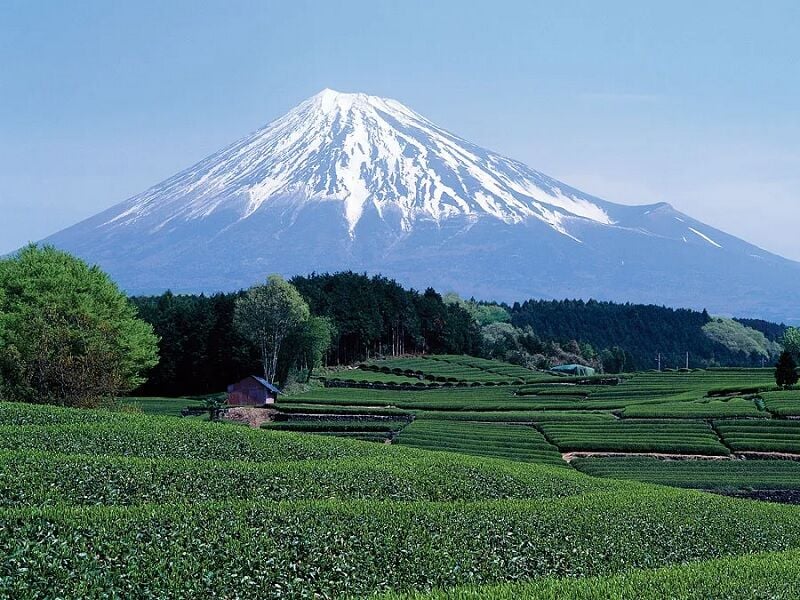Mount Fuji reopens for six days, four climbers dead

Japan recently reopened Mount Fuji to climbers for only six days, and already four lives have been lost. The unpredictable weather conditions on Mount Fuji have been cited as a significant factor in these unfortunate incidents.
The latest update came from the social media page Everything About Japan, which reported on the tragic events involving tourists and climbers on Mount Fuji. The page revealed that, despite the mountain being open to the public since July 10, four climbers have met their end. The most recent fatality occurred yesterday.
A 60 year old man was found collapsed while climbing Mount Fuji in the afternoon. It was later confirmed that he had passed away, marking the fourth death on Mount Fuji’s Shizuoka side since the reopening on July 10.
The weather on Mount Fuji can change rapidly due to atmospheric fronts, the page noted, and government officials urged the public to refrain from strenuous climbs. The deceased man was reportedly climbing alone.
Mount Fuji, an iconic symbol of Japan, attracts thousands of climbers and tourists each year. However, its allure comes with inherent dangers. The combination of high altitude, fluctuating weather, and challenging terrain can pose significant risks even to experienced climbers.
Climbing Mount Fuji requires careful planning and preparation. Climbers must be aware of the risks and take necessary precautions to ensure their safety. The Japanese authorities have consistently emphasised the importance of being adequately prepared before attempting to climb the mountain. This includes checking weather forecasts, carrying appropriate gear, and being physically fit for the climb.
Potential dangers
Despite these warnings, the mountain’s reopening drew a large number of adventurers eager to conquer its peak. The recent fatalities serve as a stark reminder of the potential dangers of climbing Mount Fuji. The government is now urging climbers to exercise extreme caution and reconsider their plans if conditions are unfavourable.
The tragic losses have raised concerns about the safety measures in place and whether additional precautions should be implemented to protect climbers. Some suggest that stricter regulations or more frequent weather updates could help prevent future accidents.
Mount Fuji stands at 3,776 metres and is known for its picturesque views and cultural significance. It is a UNESCO World Heritage site and holds a special place in the hearts of many Japanese people. The climbing season typically runs from early July to early September, a period when the weather is relatively stable compared to other times of the year.
However, the recent events have highlighted the need for continuous vigilance and adherence to safety guidelines. Climbers are advised to follow the recommendations provided by authorities and experienced guides to minimise risks.
The deaths of four climbers in such a short period have cast a shadow over what is normally a celebrated activity. The allure of Mount Fuji remains strong but the recent incidents serve as a sobering reminder of the mountain’s potential perils.
As the climbing season progresses, it is hoped that climbers and tourists will heed the advice of authorities and take the necessary steps to ensure their safety. The beauty and majesty of Mount Fuji are undeniable, but so are the risks that come with climbing this iconic peak.
In light of these tragic events, the Japanese government is likely to review their safety protocols to prevent further mishaps and ensure that those who venture up Mount Fuji can do so with confidence and security, reported Khaosod.
Latest Thailand News
Follow The Thaiger on Google News:


























